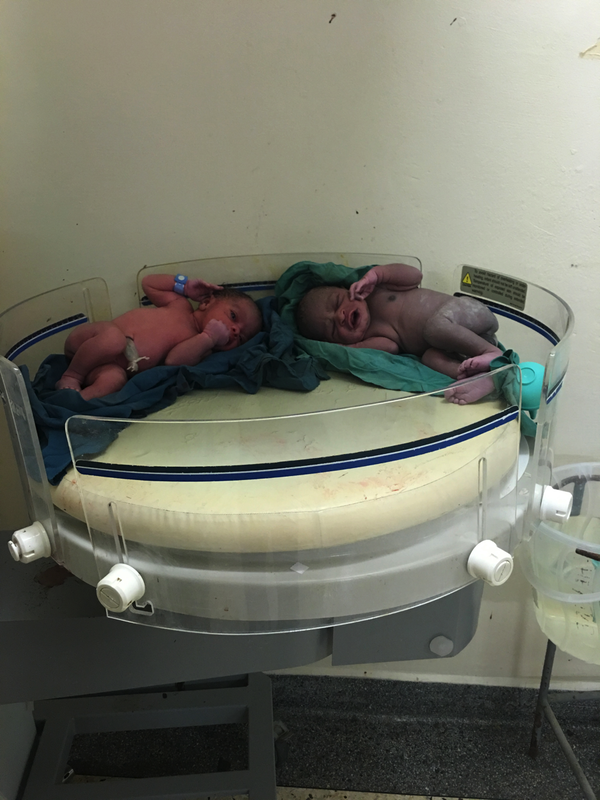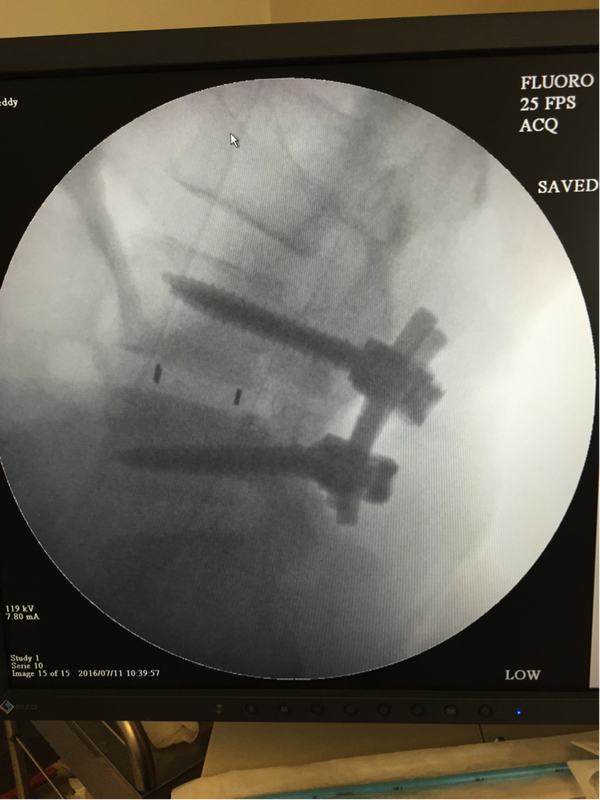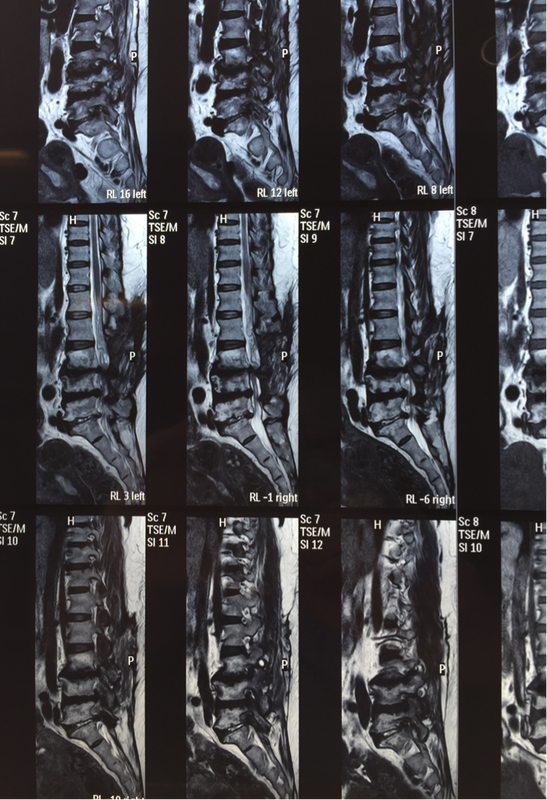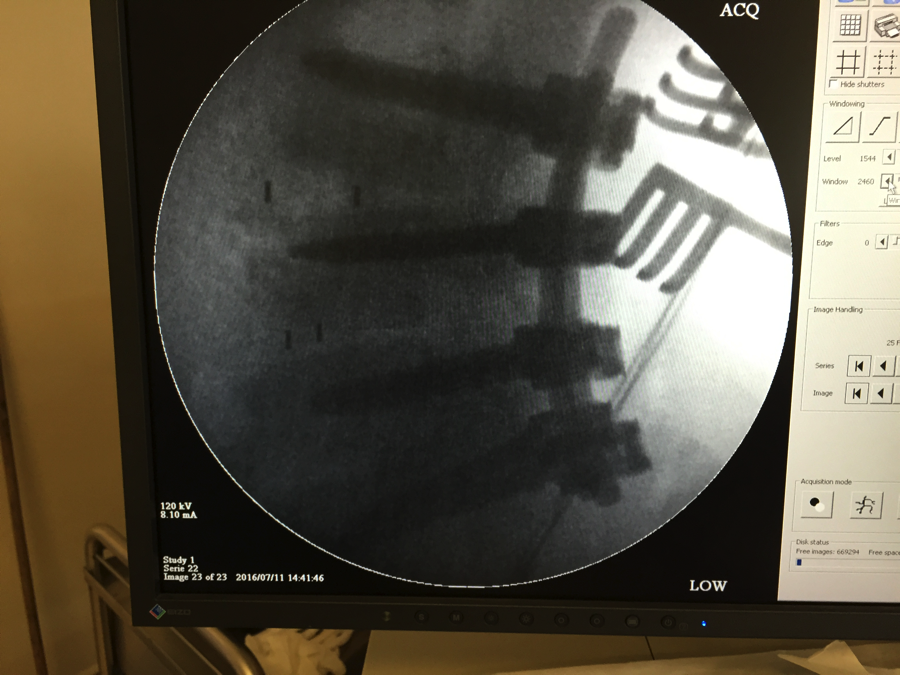With the addition of the new team members, the group was refreshed with the new energy and excitement of many bright-eyed, bushy-tailed rookies. With only one returning volunteer, the newcomers had few expectations. In the first few hours, it was clear that some bootstrapping would be required; we would all be learning and teaching in the foreign environment.
The team broke into two parts; half of which visited the wards and hosted a clinic while the other half went to the operative “theatre” to begin the busy surgery day.
Clinic Team
After making rounds, Drs. Holman, Lieberman, Stanley and Jordan set off to “the penalty box” (i.e. clinic), where some 40+ new and returning patients were evaluated over the day. 6 of these were added to our list of surgical candidates.
Jordan astutely noted the discrepancy in outcomes for many of the post-operative scoliosis patients seen in follow-up that day. While many of them had excellent results over the years (their scoliotic curves did not progress and their lives were improved by the surgery), several of the pediatric patients with congenital scoliosis continued to progress despite our intervention; a point which highlights the unpredictability of congenital scoliosis and our need for further research and a better understanding of the underlying pathology.
Though many of the patients we’ve seen in Uganda speak English, Stanley’s translation service is almost always needed regardless. Differences in accents, cadence, and speed of conversation between the English spoken by Ugandans and that spoken by Western civilizations are such that Ugandans often do not understand us even though we are technically speaking the same language. Stanley’s “translation” in these cases is simply a much slower version of the exact thing we’ve just finished saying, which always makes us laugh a little.
Michelle spent the day helping our spine patients get up and get moving.
After clinic, Jordan (a college student from TCU), took some time to check out the nearby ORs, where caesarian sections were being performed. For various reasons, most of the pregnant women in Uganda undergo C-section, and this hospital alone performs around 4,000 of these every year! The babies are stored in a little warm pod in the same room before being taken to their wards.
Operative Team
Today was Dr. Hisey’s last day in the OR. We started by treating a woman with back pain and L4/5 spondylolisthesis with an interbody fusion, taking out the degenerated disc at that level, restoring normal alignment and instrumenting the spine in that new position.
Dr. Holman also brought an new OR table for our team to use for surgeries (the old bed was a bit of a clunker).
Quote of the day
Rachel (one of our anesthesiologists), upon seeing the new OR bed:
“Where do the bits sit?”
Rachel is from the U.K., and for those not from the U.K., “bits” in this case refers to the patient’s nether-regions. As you can see from Dr. Hisey’s demonstration in the above picture, the bits sit quite freely between the blue and black pads.







 RSS Feed
RSS Feed
